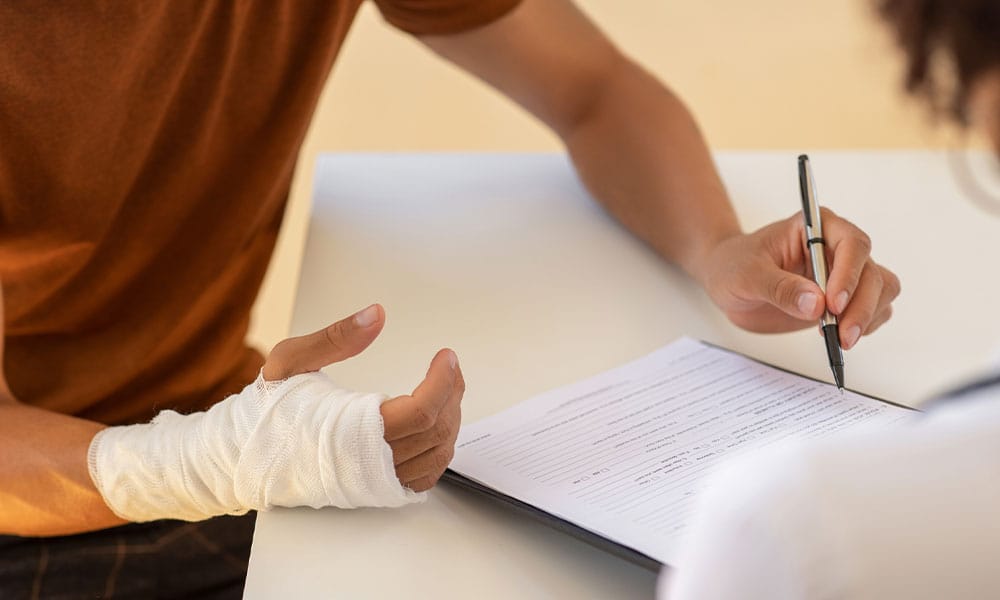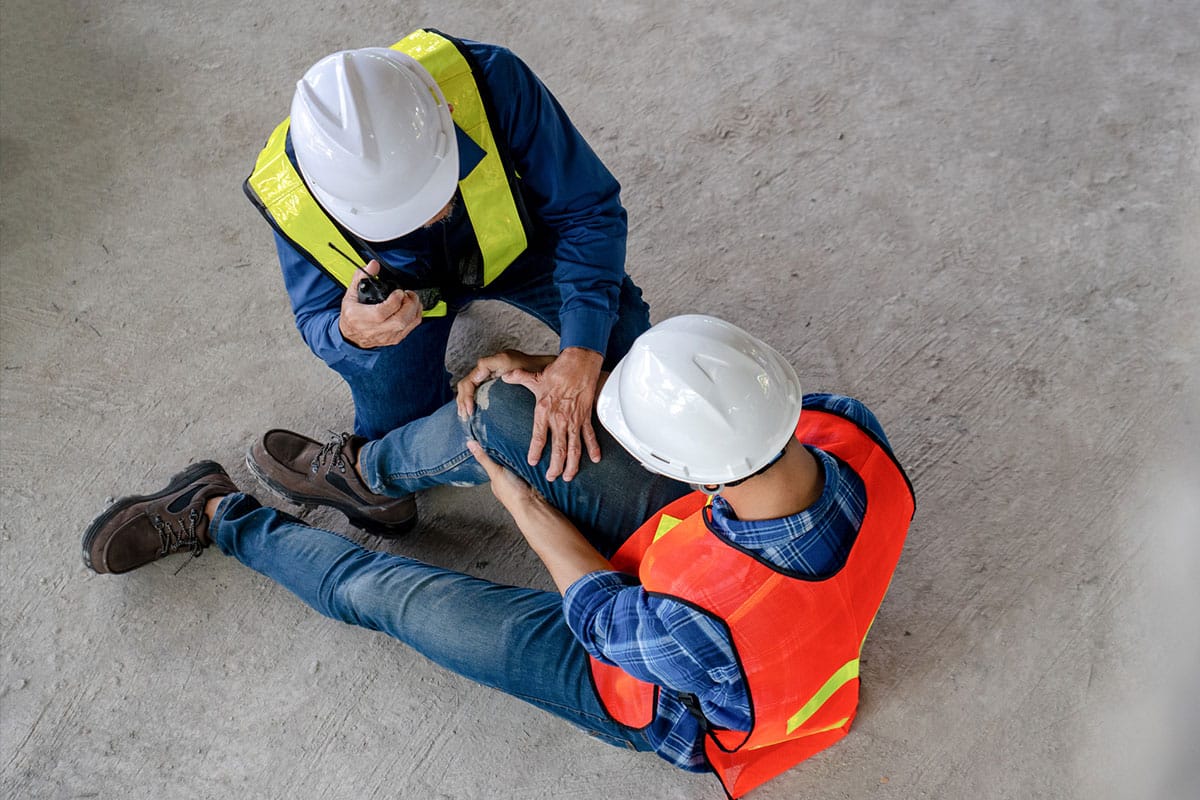Imagine you’re on a construction site in San Diego when a scaffold suddenly collapses, leaving you with severe injuries and requiring emergency medical care. Weeks later, you try to pursue a claim, only to discover the site has been cleared, equipment moved, and no photos were taken. Without proper evidence, proving your case becomes significantly harder, and obtaining fair compensation becomes an uphill battle.
Collecting the right evidence promptly can make all the difference. At Artemis Law Group, we help injured construction workers in San Diego gather the documentation necessary to build a solid case. Whether you’re filing for workers’ compensation or considering a third-party lawsuit, understanding what evidence you need can determine whether your claim succeeds or is denied.
Below is a guide to the key evidence you should secure to strengthen your case.
Visual Evidence of the Accident Scene
Photos and videos are among the most compelling pieces of evidence you can have. If you’re able, or with the help of a trusted coworker, take clear photos or videos as soon as it’s safe, capturing:
- The equipment that was involved
- Surface and ground conditions
- Lighting and visibility
- Presence or absence of warning signs
- Any hazards, such as exposed wires, spills, or unsecured scaffolding
These visuals document the scene exactly as it was when your construction site injury happened, which can counter claims that conditions were safe or that you were at fault.
Testimonies from Witnesses
Statements from those who saw your accident can add weight to your case, clarifying what happened and who may be liable. Make sure to collect:
- Names and contact information
- A short, written or recorded statement describing what they observed
- Their role on the site (coworker, subcontractor, inspector, etc.)
Statements gathered immediately after the incident are more reliable than those collected later. Multiple witness statements that align with your account can significantly strengthen your position.

Medical Documentation and Treatment Records
Linking your injuries directly to the construction site accident is vital for your claim. Seek prompt medical attention, even if your injuries appear minor, and keep all related documentation, including:
- Emergency care and hospital visits
- Imaging and diagnostic results (X-rays, MRIs, etc.)
- Prescriptions
- Physical therapy and follow-up care
- Specialist consultations
Maintain a daily journal of your pain levels, physical limitations, and emotional challenges. These records can support the value of your claim in workers’ comp or third-party lawsuits.
Employer Reports of the Incident
California law requires prompt reporting of workplace injuries. Ensure you file a formal incident report with your employer and keep a copy. These reports typically include:
- The date, time, and location of your injury
- A description of the incident
- Who was informed
- Any actions taken by your employer
A written report creates a clear record of your injury. If your employer refuses to provide documentation, make a note of it and contact a construction injury attorney immediately.
Cal/OSHA Investigation Records
San Diego construction sites must adhere to Cal/OSHA safety regulations. If your accident resulted from safety violations—like missing guardrails or unsafe equipment—Cal/OSHA may conduct an investigation.
Reports, citations, and findings from Cal/OSHA can serve as crucial evidence in your case, helping prove negligence or safety violations that may increase your benefits or support a third-party liability claim.
Work Records and Site Documentation
Your work records and documentation can establish your role and presence on the site when the injury occurred. Retain:
- Timesheets and work schedules
- Job assignments
- Safety training records and certificates
These documents can help prove you were authorized to be on-site and were following safety guidelines, protecting your case against disputes by insurers or employers.

Maintenance and Inspection Logs
If your injury involved equipment failure, such as a defective harness or malfunctioning machinery like a crane, obtain inspection and maintenance logs, which may show:
- Skipped or delayed inspections
- Known defects that were ignored
- Usage of faulty or outdated equipment
These documents can support a third-party claim against equipment manufacturers, suppliers, or subcontractors if their negligence contributed to your injury.
Immediate Steps to Take After a Construction Injury
Taking proactive steps after a construction accident in San Diego can preserve evidence and protect your legal rights:
- Report the injury: Notify your supervisor right away, complete a formal incident report, and keep a copy for your records.
- Seek medical treatment immediately: Prompt care helps connect your injuries to the accident and provides documentation for your case.
- Capture the scene: Take photos or videos of the hazard and your injuries. Maintain a daily record of your symptoms and limitations.
- Collect witness details: Before coworkers move to other projects, gather their names, contact information, and accounts of what they saw.
- File for workers’ compensation: Complete and submit your DWC-1 claim form and keep all communications related to your case.
- Consult with a lawyer: At Artemis Law Group, we guide injured workers through evidence collection, claim filing, and litigation if necessary to ensure they receive the compensation they deserve.
Let Artemis Law Group Protect Your Rights
Construction sites in San Diego are among the most hazardous workplaces, and proving an injury claim requires prompt, thorough evidence collection. At Artemis Law Group, we know what it takes to investigate your accident, secure the necessary documentation, and protect your right to compensation.
Reach out to Artemis Law Group today to safeguard your evidence and secure the financial recovery you need.


